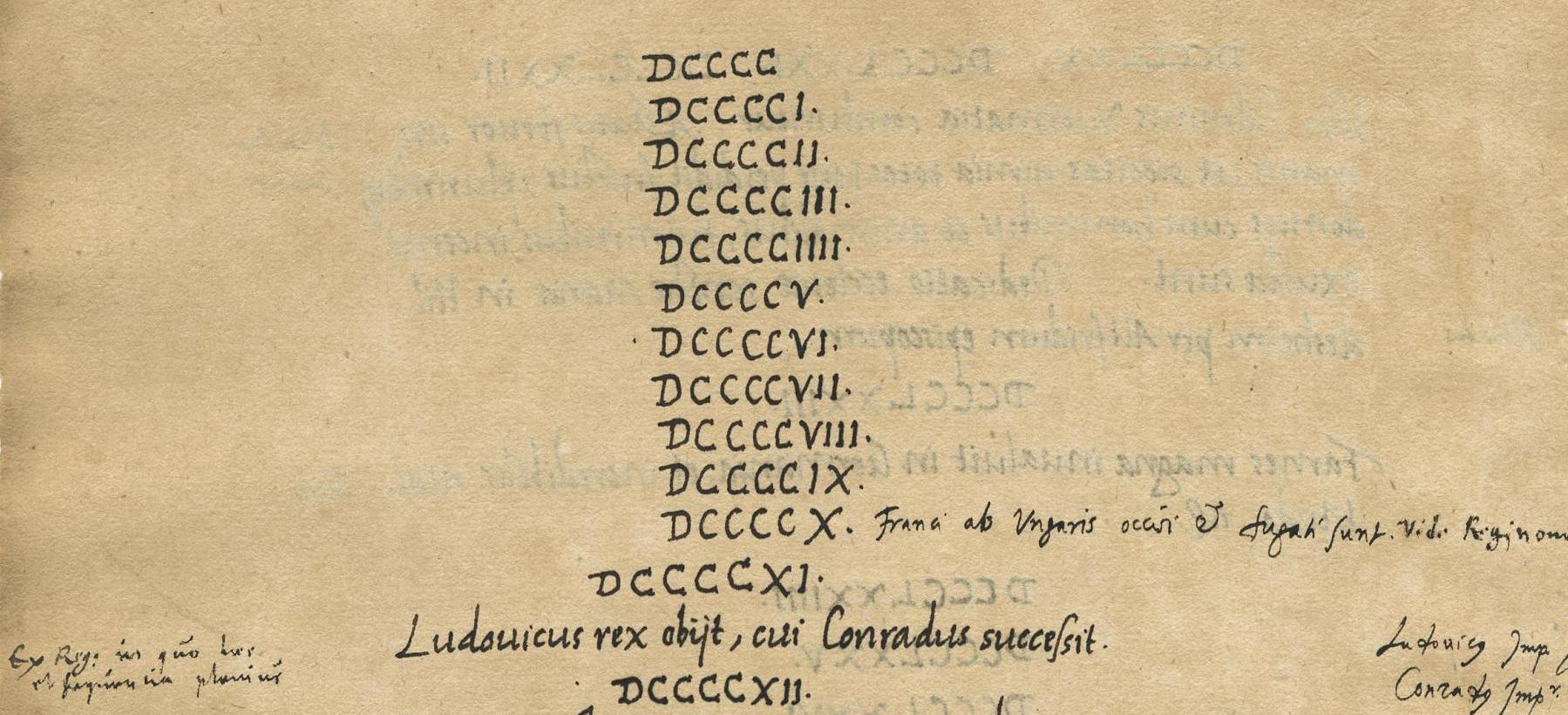October 10, 2018 | Max Diesenberger | HI Research Blog |
Creating the past meant actively ‘forgetting’ the deeds of earlier generations, talking their cultural heritage often down, identifying turning points in the history of the realm or of a people, and re-arranging events in order to create a new narrative. It is characteristic for periods of transformation that there are thresholds between different pasts. This does not correspond to the floating gap (of 80 to 100 years) which separates communicative from cultural memory, as it is defined by Jan Assmann. The immediate past is naturally always more (socially) real, more threatening, more political. It must be described more precisely, with care, caution and calculation. In a society built around a strong dynastic center, the cultivation of memory reaches very far back: old stories have a longer effect, there are obligations which go back decades, rhetorical understandings as to how many events are dealt with, norms about what can be passed over and what can be mentioned.
When these obligations towards the past do not longer exist, or are not longer important (at least on the surface), then this gap can be clearly expressed, as does the unknown author of the Annals of Quedlinburg, compiled in the first years of the 11th century. Although this text only survives in the form of a 16th-century copy, there are good reasons to believe that it is very close to the original in its appearance. The Annals show both graphically and in terms of their content how a past is fashioned.
The Annals of Quedlinburg (Dresden, Sächs. Landesbibl., Misc. Q 133/4) have a gap between 873 and 910. This is in no way due to some kind of lack of knowledge, but rather the concern to make allowance for the beginning of a new power in the East Frankish Kingdom. The entry for 873 ends with the report of a great famine in Germania. In the previous year, the Church of St. Mary in Hildesheim (which was highly important for the Ottonians) had been consecrated by Bishop Altfrid. The entry for 911 reports the death of Louis the Child and the succession of Conrad – the first non-Carolingian and elected king. But in 913 the real important event is noted: the death of Otto the Illustrious, Duke of Saxony, the father of Henry I – he is labelled stemma imperatoria in the text! Above all, attention is drawn to the birth of Otto the Great in the same year (Annales Quedlinburgenses, a. 913, ed. Giese 453-4). Between the years of 873 and 910, every single year is listed, but not filled out with a narrative. This visual desert, from whose barren horizon only the death of the last Carolingian ruler stands out before the new material begins, is presaged by natural disasters, as recorded in the annals for 862, 867, 868, 872 and 873. In the Germania plagued by famine and laid waste by locusts, the most fruitful tree of the propago Otthonum took root, which would be of the greatest importance for all Europa, as the annalist notes. Moreover not only the length of time is important, but also the scales of observation and the range of rulerships. We see an expansion from ‚Germania‘ to ‚Europa‘.
The unknown compiler of the Quedlinburg Annals had a clear strategy in mind when he did not fill the entries for the years 873 until 910: In doing so he distanced the Ottonian world from the late-Carolingian past.

